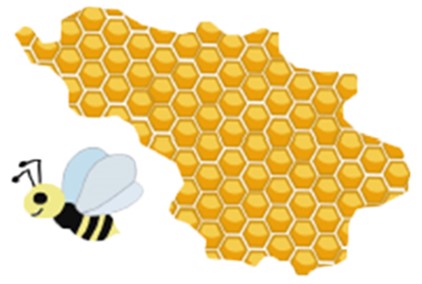Queen's Contrivance Beekeeping
Howard County Maryland
The purpose of this website is to share my interest, experience, and enthusiasm for beekeeping, bees, other pollinators, and the environment.
To The New Beekeeper:
A Glossary of beekeeping terms is included on this site. Definitions for words that are underlined with black dots exists as photos and additional information, if relevant. To access this information, the reader will need to hover the curser over the appropriate word. Words in red signify a a link to further pages and information.
Beekeeping
What are pollinators?

A pollinator is an animal that moves pollen from the male anther of a flower to the female stigma of a flower. Pollination is the transfer of pollen in and between flowers of the same species which leads to fertilization, and successful seed and fruit production for plants. Pollination ensures that a plant will produce full-bodied fruit and a full set of viable seeds. Pollinators are vital to creating and maintaining the habitats and ecosystems that many animals rely on for food and shelter. Worldwide, over half the diet of fats and oils comes from crops pollinated by pollinators. They facilitate the reproduction in 90% of the world’s flowering plants. Honey bees are an important pollinator. Other pollinators include solitary bees, butterflies, bats, birds, wasps, and ants:
- Honey bees
- Solitary & Communal Bees
- Other Pollinators (such as butterflies, bats, wasps, birds, ants and other insects, etc. )
Of these, our main interest is bees, particularly honeybees
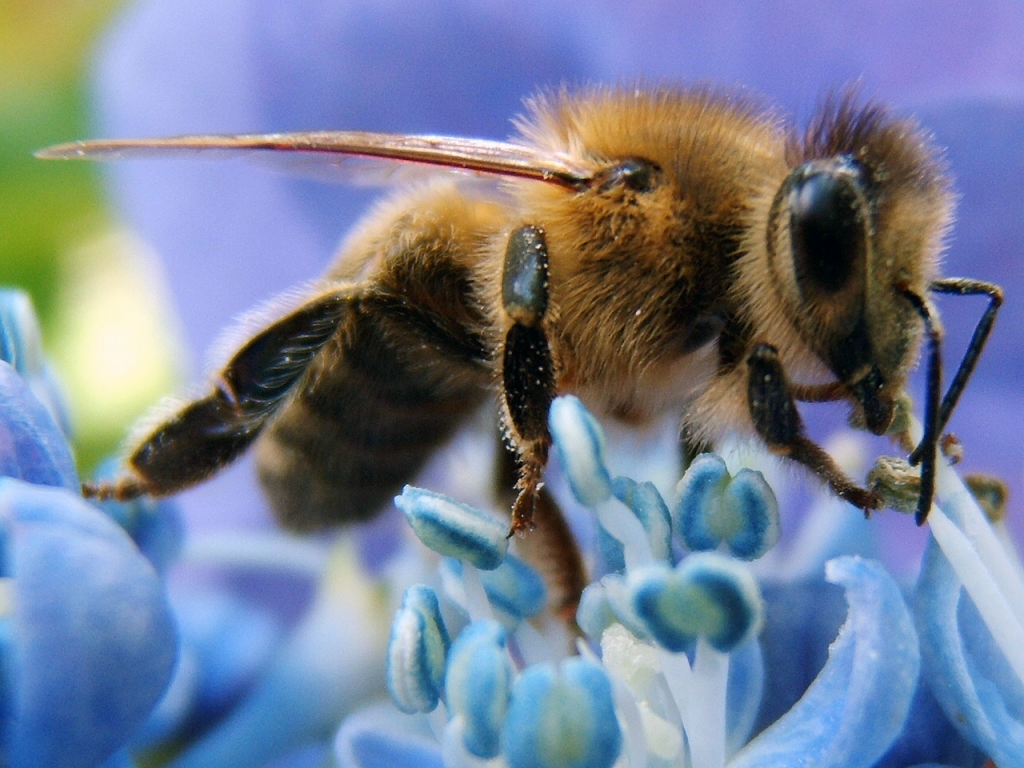
Honey Bees & Beekeeping
Honey bees are the best known pollinators to most people. They live in a hive with a complex social structure and they pollinate one third of our food supply.
Read More: (What is a Honey Bee?)
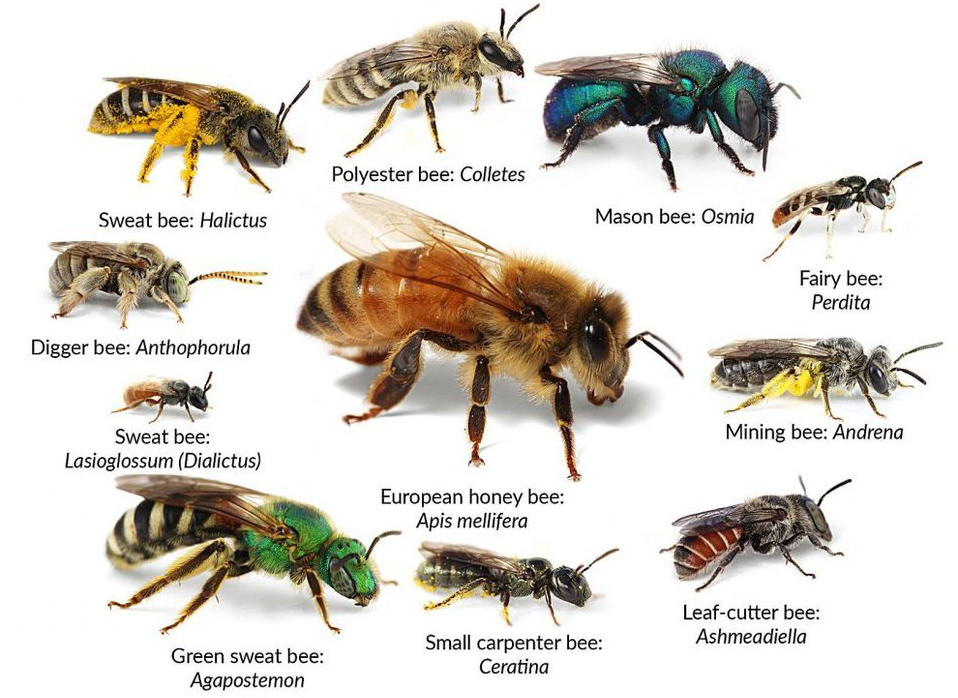
Solitary & Communal Bees Beekeeping
Solitary and communal bees are important pollinators. They typically do not produce honey nor beeswax and do not have the complex social structure of honey bees.
They gather pollen to feed their brood. Often it is mixed with nectar to form a paste-like consistency, similar to honeybees.
The most common solitary bees are the Bumble Bee and the Carpenter Bee. However, many more exist: Leafcutter bee, Orchard Mason Bee, Horned –face bee, sweat bees, mason bees, polyester bees, squash bees, dwarf carpenter bees, leafcutter bees, alkali bees and digger bees.
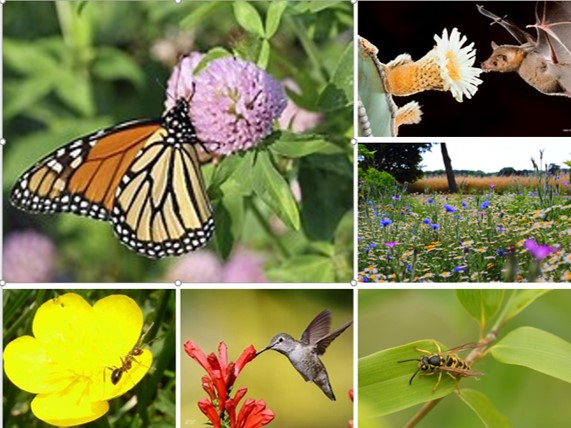
Other Pollinators
Besides bees, butterflies, bats, wasps, birds, ants and other insects are also pollinators that play an important part in our eco-system.
More to Follow
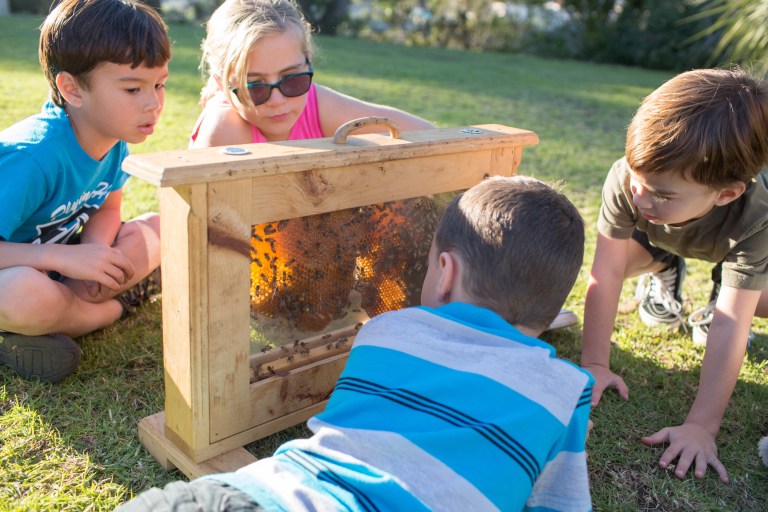
Kids Korner & Beekeeping
There is something about bees for kids of all ages., Information and links to websites for educators.

Education & Outreach Beekeeping
About This Website and Me Do you need someone to present at your event, meeting, school, church? See more. (See Contact Info)
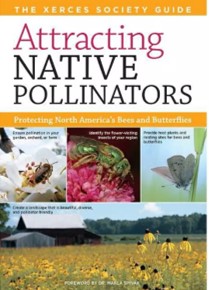
Attracting Pollinators
Pollinators support biodiversity. There is a correlation between plant diversity and pollinator diversity.
